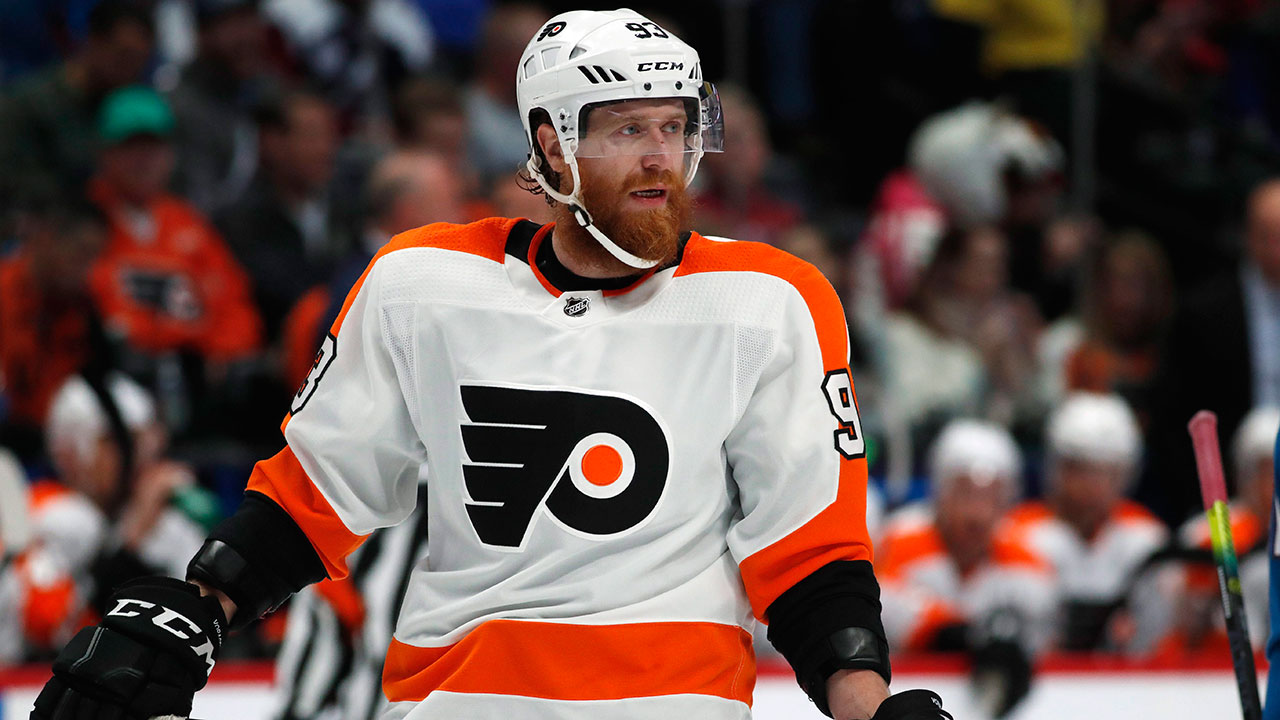TORONTO — When it became apparent that Mitch Marner might use the restricted free agent interview window to meet with rival teams, members of the Toronto Maple Leafs front office looked back and found just one documented case where that had happened in a decade.
Shea Weber explored that avenue on the way to signing a $110-million, 14-year offer sheet in July 2012, and no one else has done it — at least not in a public manner — since.
While it still remains to be seen if Marner will actually travel for meetings in other cities, it’s clear that he and his agent want to get the lay of the land through phone conversations. That’s fully within their CBA-negotiated rights and it should finally answer a question that’s been asked repeatedly in this city and beyond:
Will somebody actually step forward and give the 22-year-old winger an offer sheet?
The Leafs still control the situation if that happens because of their ability to match the contract, but it leaves them in an unusual spot right now. They’re waiting, basically, to see how this plays out. And there’s no playbook to consult in the meantime.
“There’s not a real barometer, I don’t think,” Leafs GM Kyle Dubas said at the conclusion of Saturday’s draft in Vancouver. “It’s a little bit of a new world and we’ll see what happens.”
Still, there remains a fair amount of skepticism around the hockey industry that Marner or any other member of a special RFA class that includes Brayden Point, Patrik Laine and Sebastian Aho, among several others, will find themselves signing a predatory offer sheet.
There have only been eight of those since the salary cap was introduced in 2005 and seven were matched. The last one came in 2013, when Calgary unsuccessfully tried to pry Ryan O’Reilly away from Colorado.
On the flip side, you only need to find one general manager willing to give it a go — and if there’s ever a year where somebody might, it’s this one.
That’s the landscape Marner is now treading on.
He’s fresh off a 94-point season and has been negotiating with a Leafs team squeezed tight by a salary cap that came in $1.5 million less than the NHL originally projected. He’d likely need to find an offer sheet that makes him the league’s highest-paid winger — something above Patrick Kane’s annual $10.5-million contract — in order to force the Leafs into a true decision about whether to keep him or take back four first-round picks as compensation.
Of course, he’s simply trying to use every piece of leverage at his disposal to get the best deal possible, not hasten an exit from his hometown team.
It’s an unusual situation, especially for someone coming off an entry-level contract. That’ll be part of the fascination with how seriously Marner ends up exploring what else is out there for him.
Weber had played parts of seven NHL seasons when he decided to test the RFA market and had already gone through one arbitration hearing/decision while with the Predators. He wasn’t eager for another. Discussions had also begun on a new CBA that would usher in term limits on contracts and restrict the ability to heavily front-load them.
That summer offered him a chance to get PAID like no other would again.
And still, when Weber arrived for an in-person meeting with the New York Rangers, he acknowledged feeling a little uncomfortable with the arrangement, according to someone in the room that day.
He would ultimately speak with the Flyers, Canucks, Red Wings and Sharks before signing the offer sheet with Philadelphia. It was matched by the Nashville Predators, with whom he played another four seasons before getting traded to Montreal.
[relatedlinks]
Should Marner follow a similar path and sign an offer sheet this summer, the Leafs would be given seven days to match it. The player can’t be traded for at least a year if his team elects to do that.
In the event an offer sheet doesn’t arrive on or after July 1, Marner’s only other recourse is to continue negotiating with Toronto and potentially withhold his services in 2019-20. The Leafs, however, can’t really afford to sign him in-season like they did with William Nylander last year because of the way pro-rated cap hits are calculated in Year 1.
That makes the true deadline here Oct. 1 — the day before the season opener against Ottawa.
“You always hope you don’t go right down to the final hour,” Dubas said at the draft. “It seems to be a specialty of ours a little bit. We’ll try to avoid it this time.”
For now, he’ll wait and see what comes from the RFA interview period. It could produce a contract the Leafs simply match.
Even if Marner starts flying around to visit other teams, his most likely “destination” is right back where he’s been since Day 1: Toronto.
The only difference might be how he gets there.









